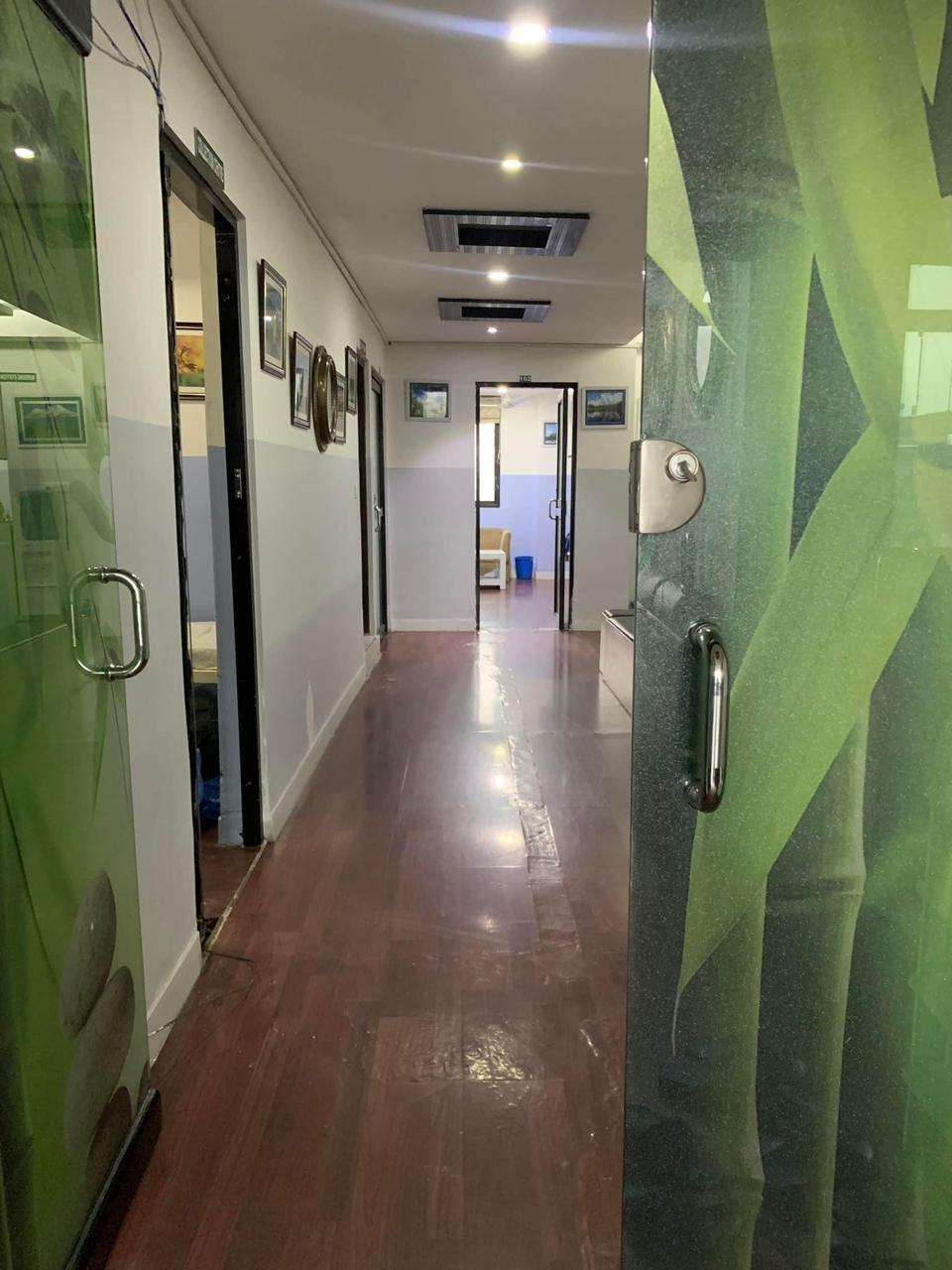TESA: A Gateway to Fertility Solutions
Testicular Sperm Aspiration, or TESA for short, is a technique for sperm retrieval. usually recommended for those who suffer from Azoospermia, a disorder in which sperm are absent from the ejaculate. In the past, donor insemination or reconstructive surgery were the two available treatments for azoospermia in cases of blockage.
But because of the development of intracytoplasmic sperm injection (ICSI), many azoospermic men can now achieve their dream of becoming biological fathers by using sperm extracted from their testicles or epididymis.

Unlocking Fertility: Understanding Azoospermia
A condition known as azoospermia is defined as the lack of detectable sperm in the ejaculate (semen). Normally, sperm production takes place in the testicles and travels through different parts of the reproductive system to combine with fluids and produce semen.
When someone has azoospermia, they may still secrete semen during ejaculation, but not sperm. It is sometimes said that someone with azoospermia has “no sperm count.” Some people have no sperm at birth, while others acquire it in their teens or later years of life.
Treatment options for azoospermia may include medication and surgery in some cases. It’s important to understand that having this illness does not mean that you cannot have biological children.
Navigating Fertility Challenges: Exploring TESA Eligibility
Men who are dealing with a variety of issues are treated with this surgical sperm retrieval procedure, which includes:
- Problems with the testes that result in decreased sperm production
- These might be caused by genetic abnormalities, past infections (such the mumps), or testes that have not descended.
- Permanent obstruction of the genital system, sometimes brought on by trauma, infections, or surgeries in the past.
- Congenital absence of the vas deferens, a disorder common in those who carry cystic fibrosis and present from birth.
- A prior vasectomy or unsuccessful attempts to reverse a previous vasectomy.

Fertility may be seriously hampered in situations where sperm production is considerably reduced. When applied to these situations, TESA is a major breakthrough in the direct extraction of sperm from the testes.
Sperm can be extracted from the testes or epididymis of men diagnosed with azoospermia in order for them to become fathers of children. When sperm retrieval from the epididymis is not possible, men with non-obstructive azoospermia benefit the most from this technique.
Unlocking Fertility: The Importance of Semen Analysis
A needle is inserted into the testis during a procedure known as “testicular sperm aspiration,” and fluid and tissue are extracted under negative pressure. The sample is then processed in the embryology lab using the Intracytoplasmic Sperm Injection (ICSI) method to separate the sperm cells.
Testicular sperm cells do not need to be mature in order to fertilize an egg, in contrast to epididymal sperm. ICSI, a technique that involves removing a single sperm from the semen and injecting it straight into the egg, is necessary because these sperm are immature.
Because TESA is a slightly involved surgery, there may be some discomfort for a short while after the procedure. It is usually done as an outpatient procedure, negating the need for hospitalization, and is carried out under local anesthesia or sedation, depending on the patient’s request.
If TESA is unable to produce enough sperm, a testicular biopsy can be necessary. Regarding the use of genetic material from growing sperm cells, there have been many rumors and worries. Additionally, there’s a chance that the baby will inherit the cause of infertility.
Comfort Amidst Concerns: Addressing TESA Discomfort
In the absence of anesthesia, the procedure could cause you discomfort. But your doctor's use of a sedative and local anesthetic will keep you comfortable the entire time. Over-the-counter painkillers like acetaminophen (Tylenol) or ibuprofen (Advil) might help ease soreness that may arise after a TSA. Another way to ease discomfort is to wear a jockstrap or supportive underwear.
Rebounding with Care: Post-TESA Recovery
You won't have any scrotal or testicular incisions or stitches after TESA. However, you should avoid heavy lifting and physically demanding activities for about a week, and you should also avoid having sex or masturbating for a few days. It is usually not necessary to schedule a follow-up appointment with your healthcare physician.
TESA Side Effects and Risks
Bleeding and infection are rare but possible TESA adverse effects. A small chance of testicular injury is also connected to the operation.
Empowering Hope: TESA Success Rates Unveiled
During a TESA surgery, doctors may usually successfully extract sperm in situations of obstructive azoospermia. Alternative techniques for sperm retrieval, such as Testicular Sperm Extraction (TESE) or Microsurgical Testicular Sperm Extraction (microTESE), may be investigated if TESA is unable to produce sperm.
At Venus IVF, we offer expert fertility treatments for men and women, helping you achieve your dream family.
Contact Info
- +977 976-1682874
- +977 976-1682874
- info@venusivf.com
- Venus Hospital, Second floor- IVF department Mid baneshwor Kathmandu, Nepal
- 12-5 PM : Sunday to Friday (except Saturday)
